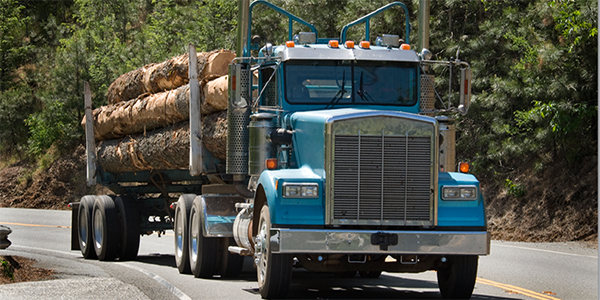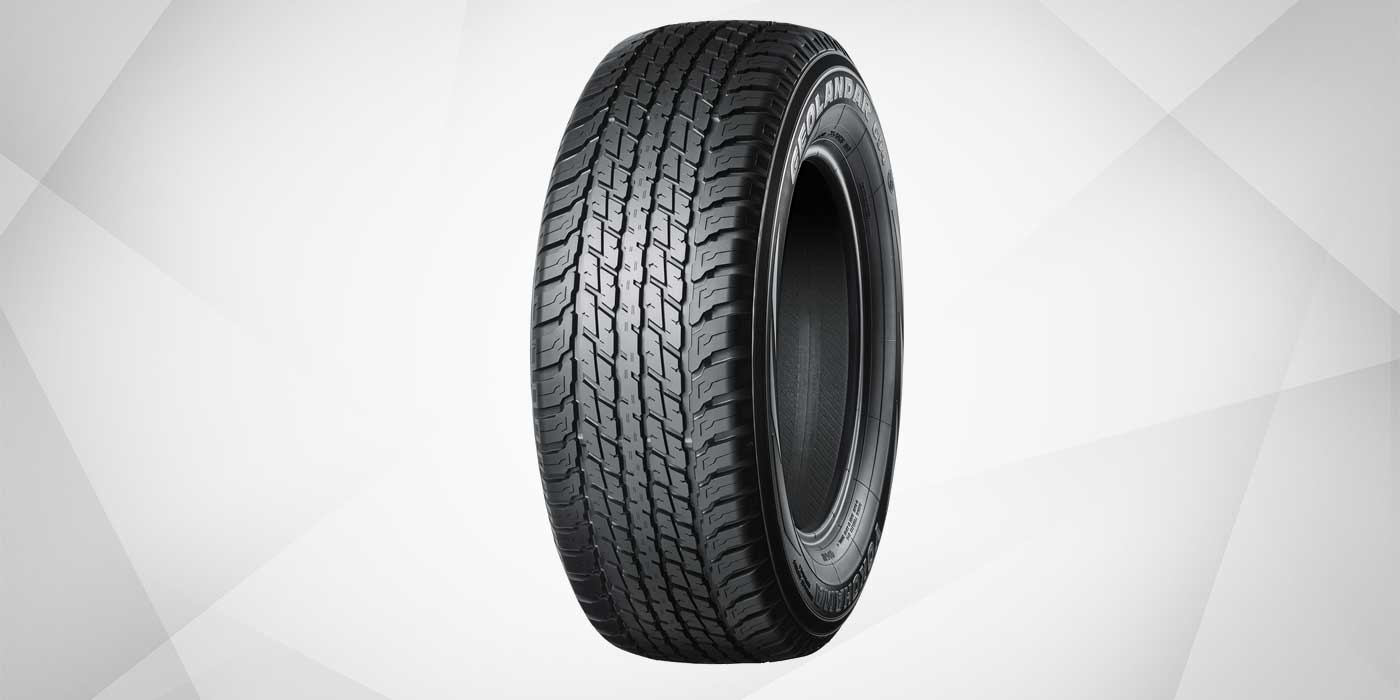Like the loggers who work in the woods, the forestry industry somehow bounces back. Cyclical in nature, the industry faces ups and downs based on the economy and weather.
As quotas fluctuate, machines either sit idle or run full throttle. This can lead to varying tire demand year-over-year. Tire dealers who service this niche segment must learn to ride out the good and the bad alongside their forestry customers.
In 2016 several factors affected the demand within the forestry industry. Floods, wildfires, droughts and invasive species lowered overall production for loggers.
“Mother Nature is always the biggest challenge – logging on the East Coast was shut down for over two months. I can’t imagine how much pressure it put these guys under, having to do more work for less money in a shorter period of time,” shares Terry Goodwin, national sales manager of the forestry division at Alliance Tire Americas.
Additionally, economic factors such as the closing of the paper and pulp industry in New England and the decrease in Chinese timber exports influence the North American forestry market, Goodwin shares. In spite of challenges within the logging industry, the outlook remains optimistic.
“Overall, the industry is still trying to get back to where it was before the 2008 drop. I think the industry is pretty optimistic about the new administration’s effects on logging, so we’ll see,” Goodwin says. “Whatever happens, these guys are a pretty resilient bunch. Working extremely long hours six days a week isn’t something they’re not used to.”
A lower demand for timber, too, isn’t always detrimental to the aftermarket notes Brent Murray, field sales manager for Titan International, which sells Goodyear-branded forestry tires.
“When your demand for the timber is down, the quotas that the loggers are allowed to fill for the mills are reduced, so their machines may be working less. And if their machines are working less, then they’re not looking for a new machine; they’re buying and re-tiring or re-shoeing their existing equipment,” he explains. “Instead of the loggers going to buy new equipment, they’re having to re-shoe equipment they have and continue to run what they got.”
Meeting Loggers’ Expectations Harvesting timber is tough work. Machines harvest wood on rocky hillsides or in swampy and muddy conditions, all while dealing with stumps and other rough terrain elements. Additionally, operations are often secluded from the nearest roads, and quotas must be met despite challenges to keep an experienced crew year-round. The logging companies are looking for tires that can keep their machines moving despite the harsh conditions in which they work. Dealers working in this marketplace need to be a partner for their clients. This requires dealers to serve as experts: educating themselves on which tires and tread designs work best for different applications and machines. OEMs are a good source for application and technical information, as are customer experiences.
“Dealers just need to make themselves available, whether it be in person, phone or email, to answer any questions concerning tire choice and anything from a technical standpoint that the customer may require,” Alliance’s Goodwin shares. “Helping customers choose the right tire for their needs and helping them understand how to get the best performance and service life out of that tire is the critical piece of the puzzle that the tire dealer offers.”
When something happens to a tire, logging customers “need it yesterday,” so it’s also important that dealers maintain the proper inventory of tires for their customers. Additionally, tire dealers must own equipment capable of servicing forestry equipment in the field and have an educated staff that can get the job done both safely and in a reasonable amount of time, Titan’s Murray says.
“When one of the pieces of equipment goes down, it’s not on the side of the paved highway; it’s usually deep in the woods, so downtime can be a real killer,” he explains. “[Loggers] are looking for tires that are dependable and puncture resistant – there’s no such thing as a total puncture-proof tire – but a tire that’s designed and built to minimize their loss of work and their downtime.”
Some of the more popular sizes in forestry tires are: 30.5-32 26-ply, 28L-26 20 ply and 35.5-32 26-ply. Popular flotation fitments include 73×44-32 20-ply and 67×34.00-25 20-ply.
“We are selling lots of the 67×34.00-25 20-ply heavy tread flotation tires for cutters, where the 28L-26 used to be the dominant tire. People are really seeing the benefit of that larger flotation tire for harvesting, especially in difficult conditions,” Goodwin notes. Despite not needing tubes, loggers sometimes use this technology in their forestry tires to increase durability, so it’s important for dealers to understand how tubes are used.
“Tubeless tires are preferred; however you still see a lot of tubes being used. Most loggers will wait until there’s a leak, whether it be O-ring related or from debris between the tire and wheel, before putting in a tube,” Goodwin notes.
Engineering Up Still a predominantly bias market, there isn’t much “new” technology in forestry tires, just a reimagining of past enhancements.
“Tires really haven’t changed over a period of years. They just get better as far as enhancements that are made. When it comes to tread design compounds, ply rating – just the overall makeup of the tire and how it’s built,” says Johni Frances, global OTR product manager for Titan. “Everything we create as a manufacturer, everything that we engineer is derived from what the OEMs are building. They set the standard for where the industry is going,” he shares.
Alliance’s Goodwin agrees.
“The forestry tire business isn’t seeing a lot of dramatic new technologies right now in terms of new tread patterns or materials. What we are seeing are engineering improvements to keep up with bigger, faster, higher-capacity equipment.”
“Any tire professional can appreciate the challenge of building a tire that can support a harvester, which is a huge machine. Now imagine the dynamics when that huge machine picks up a whole tree, flips it on its side and swings around. Or when a skidder grabs a load of trees and drags them across a steep mountainside,” he continues.
Enhancements in design include new compounding and perfecting tire construction – beads, steel belts, tread design and additional plys. While its not currently being used in the forestry industry, Titan’s Murray believes TPMS systems are on the horizon.
“Air pressure is critical to the performance of tires – especially in light of the fact that these machines are getting bigger and more powerful. It’s putting more demands on the tire,” he shares. “I think we’re very close to seeing legitimate technological option or enhancements to the equipment that will help the cause for the customer’s tire.”














